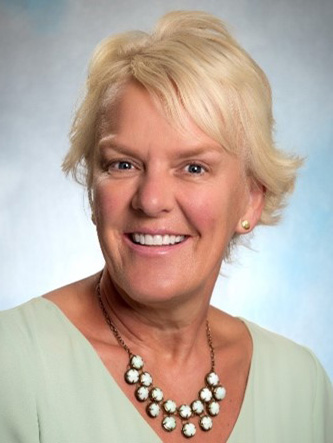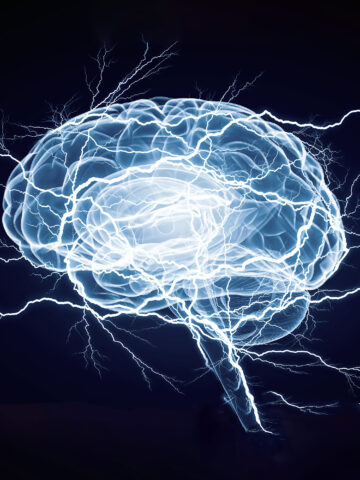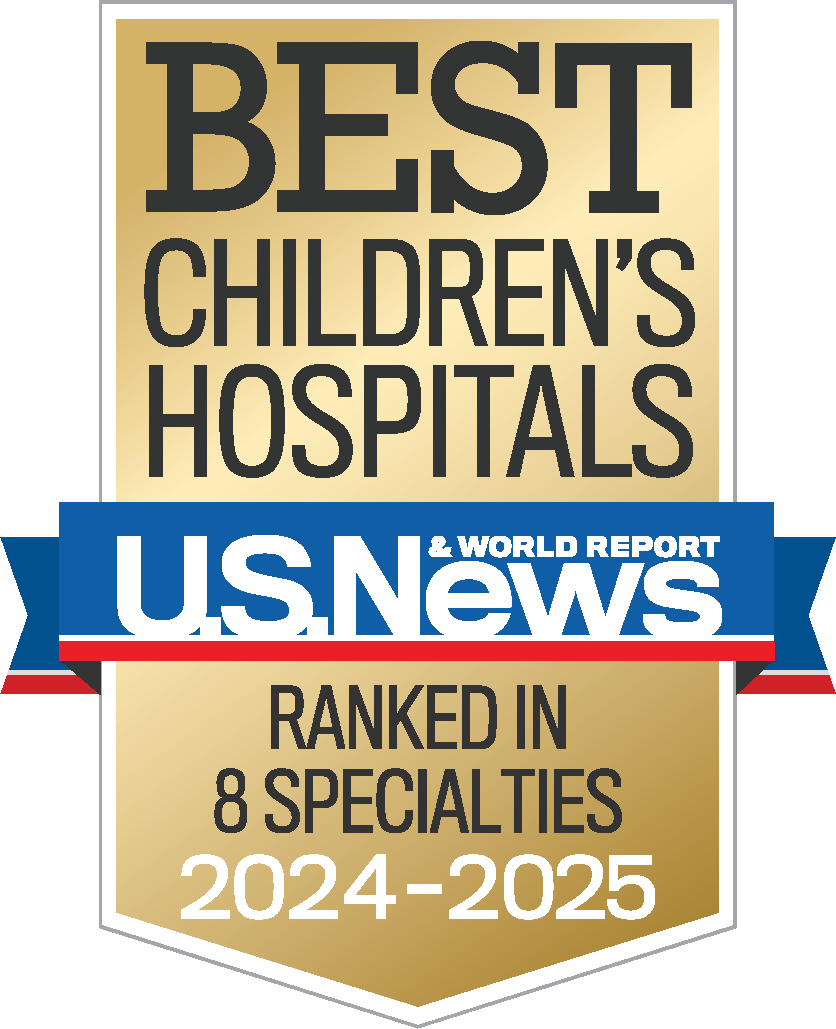The most common time for a person to have a stroke is not as they age — it is during their first week of life. The first week is also the most common time for a stroke to go undetected, which can have lifelong and devastating consequences.
“We think between 30% to 50% of strokes are invisible in the newborn period because babies cannot do sophisticated movements, and they usually will still want to eat,” says Dr. Terrie Inder, director of the Center for Neonatal Research at CHOC and professor of Pediatrics at University of California Irvine. “Around 50% of babies with stroke will have a seizure, but again, because they are babies, they will only move subtly, making it easy to miss, even with video.”
The large majority of newborns who have a stroke survive. A past stroke is often not detected until the child starts trying to walk, when an asymmetry between movement on the two sides of the body is increasingly visible. By that point, the brain damage is often not reversible.
“CHOC is advancing research that will hopefully make it easier to detect and treat neonatal stroke,” Dr. Inder says. “If we can offer interventions early, we can make a difference in long-term outcomes.”

The importance of early detection and rehabilitation
Without early intervention after a stroke, children have a 75% to 80% chance of developing some form of cerebral palsy or learning disability, Dr. Inder says. However, the plasticity of the newborn brain is ideal for rehabilitation.
“Prompt rehabilitation is important after any type of brain injury, but unlike any other time in life, the newborn brain is still developing neural pathways,” Dr. Inder says. “If we can start aggressive rehabilitation in that 12-to-18-month period before the motor pathways are fully in place, we often can prevent visible disability and impairment in motor function.”
Multi-pronged research to improve outcomes
Dr. Inder joined CHOC in the fall of 2022 to help establish the new Center for Neonatal Research. One of the center’s main foci is discovering ways to prevent and treat brain injury in newborns.
“I am dual trained in neonatal intensive care and neonatal neurology,” Dr. Inder says. “CHOC wanted someone to lead newborn research and, in particular, they saw the brain as being an area of greatest need and opportunity.”
As stroke is a common cause of brain injury, the center has launched three concurrent research initiatives to improve outcomes for neonatal stroke.
“Our first initiative is using better brain imaging to see precisely which of the main fiber tracks in the brain have been affected by stroke,” Dr. Inder says. “This sophisticated imaging and tracking will allow us to know how to target our rehabilitation. This is the first time researchers have attempted to track the pathways of neonatal stroke with such precision.”
The research begins with newborns born from 36 weeks to full term, with plans to study premature infants in the future.
“Premature babies are prone to have brain hemorrhages that often function like a stroke in terms of asymmetric brain injury,” Dr. Inder says. “Those children are also at high risk to develop cerebral palsy, so we want to analyze these babies in the future.”
The research team uses a combination of conventional T1-weighted and T2-weighted MRI sequences, diffusion-weighted imaging, and resting-state fMRI to map the newborns’ brains. Surprisingly, most babies have no problems with noisy MRI machines.
“We feed the babies shortly before the scan and then swaddle them so they are all comfy,” Dr. Inder says. “When we put them in the machine, they usually go right to sleep because the MRI has an element of white noise. And, of course, newborns have not developed claustrophobia or other anxieties.”
Targeted, scientific rehabilitation
The second research initiative seeks to determine which rehabilitation interventions can best improve motor behavior that is sustained through later childhood. In partnership with occupational therapist Dr. Susan Duff from Chapman University, CHOC is evaluating movement encouragement-based therapies to improve outcomes.
“For example, if the child moves their weak side, something happens that inspires the child to keep moving,” Dr. Inder says. “With the assistance of Dr. Duff’s team, we are putting sensors on the limbs to quantify the pattern of movement and monitor it over many weeks or months. We are also recording everything on video to capture patterns so we can intervene and encourage movement on the weaker side.”
The sensors and video analysis allow the teams to assess interventions with quantitative methodology. Ideally, these interventions will help children walk without disability and use both hands functionally.
“I can tell you anecdotally that we have had positive results with children engaged in more intensive therapy input, but we cannot yet quantify that in terms of scientific results,” Dr. Inder says.
CHOC is at the forefront of detection and prevention
The final initiative looks at possible risk factors for neonatal stroke. CHOC is tracking all neonatal stroke patients in Orange County and looking for patterns.
“We want to find out whether additional risk factors can be identified, either in the mothers or in the labor and delivery processes,” Dr. Inder says. “This might allow us to alert clinicians to be extra vigilant when a baby might fall into a high-risk category but has no symptoms.”
CHOC is also continuing to expand the Center for Neonatal Research team with the recent hire of Dr. Peter Anderson, an international leader in treating high-risk babies.
“We are dedicated to our mission of improving outcomes for infants,” Dr. Inder says. “We want to build something strong here, and CHOC is committed to the mission — not just to doing research, but to translating that research into better care for every baby.”

CHOC was named one of the nation’s best children’s hospitals for neonatology by U.S. News & World Report in its 2024-25 Best Children’s Hospitals rankings.




